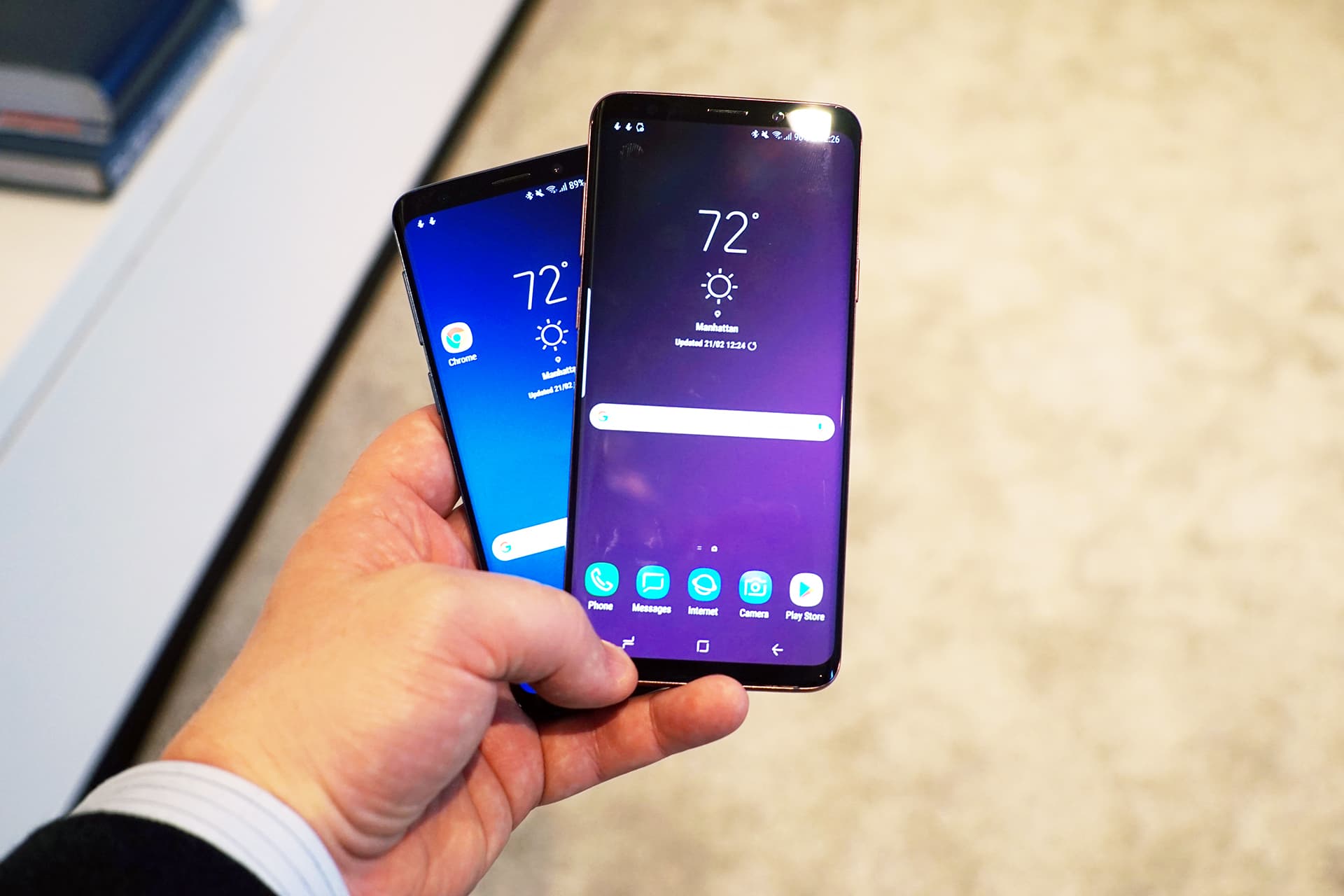Despite the COVID-19 pandemic wreaking havoc in almost every industry, the smartphone sector remained relatively stable through 2022. Leading brands like Apple and Samsung continue to create a big buzz around their latest market offerings.
Mobile technology has continued to enjoy almost exponential development, with consumers all over the world reliant on mobile devices to keep them connected to friends and family, to access entertainment and educational sources of information, and to keep them up to date with the latest events. In this article, we explore a selection of the most popular smartphone trends in 2022.
1. 5G Technology
With many countries rolling out 5G infrastructure during 2022, millions of consumers making the switch to 5G. In fact, analysts estimate that 69 percent of smartphone shipments in 2023 will be smartphone enabled. By 2025, there will likely be approximately 3 billion 5G subscriptions worldwide.
5G is at the forefront of other advances in mobile technology, facilitating implementation of advanced features like AI, AR, and IoT, all of which rely on cellular connectivity. 4G may be fast, but 5G is approximately 100 times quicker. The fifth generation of wireless technology, 5G not only provides higher speeds, but greater capacity and lower latency than 4G. It makes possible far faster downloads and lower lag, significantly improving the way we work, play, and live online.
2. Security
We have come to rely on digital devices as an integral part of our daily lives. Whereas we once used our mobile phones to make calls and fire off the occasional text message, today we use them to access our email and bank accounts, connect to social media, shop, and take and store photos of the most meaningful moments in our lives.
The pandemic accelerated digitization, forcing people to work, learn, and socialize online. Countries across the globe are developing comprehensive data protection regulations. Nevertheless, our mobile devices possess a literal wealth of personal information, making them an attractive target for bad players. Smartphones remain a weak link, leaving many users vulnerable to attack, since many people are unaware of the dangers.
During 2022, smartphone brands have prioritized the need for secure, managed ecosystems. OS providers strive to ensure timely security patches and OS updates to protect their users.
3. Punch Hole Display
Emerging as the new industry standard in 2022, punch hole display gives manufacturers the ability to use more screen space. A punch hole display is one where the camera lens is cut-out of a corner of the mobile phone screen, allowing more room for the display, which is extremely advantageous.
Unlike notches, punch-holes are punched through the screen itself rather than incorporated in the top bezel. This not only facilitates a larger display area, but makes the phone more aesthetically pleasing, with cleaner lines. The small camera cut-out is virtually unnoticeable, culminating in a more subtle finish. Handsets incorporating a punch hole display include the Samsung Galaxy S22 Ultra, Realme 9 Pro, and OnePlus Nord CE 2 5G.
4. Foldable and Rollable Phones
First came larger, thinner displays. Then came the concept of foldable screens. Recently, 2021 saw the introduction of the world’s first rollable display. OPPO, a rising star in the smartphone market, released the OPPOX2021. Its display screen unrolls like a scroll, providing a welcome boost in display size. These displays offer innumerable possibilities for entertainment, productivity, and everyday use by offering the ability to customize the size of the screen. Users can modify screen size to suit the selected aspect ratio with a tap, so the user always has a seamless full screen viewing experience.
5. Mobile Commerce
With the pandemic driving billions of shoppers online, ecommerce remains a rapidly growing market. Mobile shopping is a leading trend in this arena, fueling growing demand for mobile payment solutions. A key focus for ecommerce store operators is making shopping online smarter, safer, and more practical for consumers.
Huge leaps towards the improvement of mobile payment systems have been made in recent months. Banks have been forced to expand their digital offerings, swiftly developing their own applications, for fear of becoming outmoded. Meanwhile, digital wallets, micro-bank accounts, and money transfer applications are increasing financial inclusivity for previously underserved demographics in countries around the world, making transactions easier and safer for everyone.
6. Innovative Biometrics
Facial recognition, voice recognition, fingerprint recognition, and signature recognition are already becoming industry standards. Manufacturers are installing them on their smartphones to keep the devices, and the personal information they contain, secure from cybercriminals. Any smartphone is only as secure as its weakest authentication method. Biometric unlock options enable users to verify their identities using unique personal physical characteristics.
Nevertheless, it is still crucial to use strong passwords, even with biometrics. Biometrics does not replace the need for a old-style method of authentication. It is just a more convenient way of signing in than entering a password or pin every time. A strong password consists of 8 or more letters, including at least one capital letter, as well as incorporating symbols and numbers in the sequence. While this complexity may make remembering your password harder, it means there are more possible combinations, making your password far more challenging for hackers to crack.

